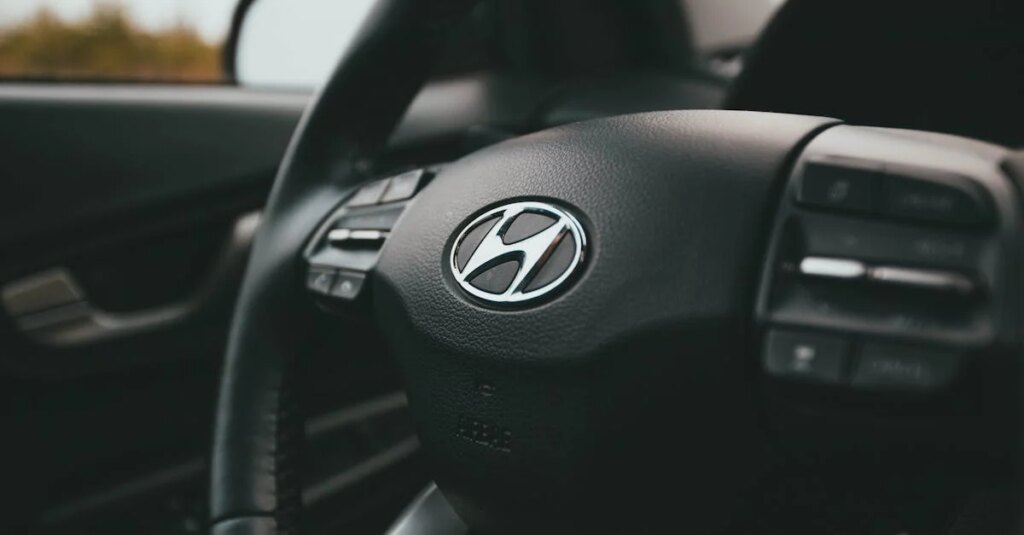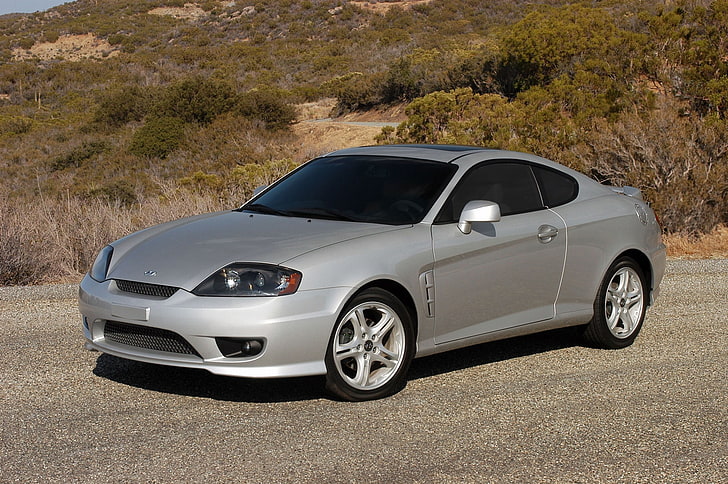When it comes to finding a hyundai auto mechanic in the Orlando area, you can’t go wrong with Coggin Deland Hyundai. Our team of incredibly skilled mechanics are ready to help you with any Hyundai repair or maintenance issue you might have.
Hyundai Motor recently held its fifth European Skill Competition, challenging technicians with both theoretical and practical tests for their technical expertise. Kevin Mark Rule from the United Kingdom won this year’s competition.
Oil Change
Every vehicle owner knows that an oil change is a vital part of maintaining a healthy and dependable car. A hyundai auto mechanic will be able to help you with this service and many others as well.
An oil change is a procedure that involves draining the old motor oil from your Hyundai’s engine and replacing it with new, high-quality oil. It also involves changing the oil filter.
There are several benefits to keeping up with an oil change schedule, including reducing your emissions and decreasing the likelihood of leaks or spills. It also helps to decrease the chance of sludge formation, which can lead to major engine problems.
Generally, an oil change should be done every 5,000 to 7,500 miles, but it is up to your driving habits to determine when this is the right time for you. The best way to do this is to look at your vehicle’s owner’s manual and see what the recommended intervals are for your model.

Check Engine Light
The check engine light in your vehicle is a valuable tool for identifying potential problems. It can help you avoid costly repairs down the road by alerting you to a problem before it becomes serious.
The light will blink or glow depending on the severity of the issue. A flashing light indicates that a major malfunction has occurred, while a steadily lit one suggests a less severe problem.
If you see the check engine light in your Hyundai, it’s best to pull over as soon as you can find a safe spot and turn off the engine. Then, have a qualified hyundai auto mechanic take a look at the issue.
The most common reason a check engine light comes on is a loose gas cap. If you resolve this problem, the light should go off on its own. However, if the light stays on for a few days, this could indicate more severe issues that require immediate attention.

Cabin Filter
A hyundai auto mechanic can replace your vehicle’s cabin air filter, which works to keep dust, pollen, and other pollutants out of the passenger compartment. The service is typically fast and efficient, and can be a great way to help you maintain good health while driving your car.
The cabin air filter is a small pleated unit, usually made of engineered or paper-based multifiber cotton, that’s placed ahead of the HVAC system’s vents to trap contaminants before they enter the passenger compartment. They also prevent the air inside your vehicle from being contaminated with harmful and odorous gases like exhaust and smoke from other vehicles.
Depending on your region and climate, the cabin air filter may need to be replaced every 15,000 or 30,000 miles. However, if you live in a place where forest fire smoke is a common occurrence or if pollution runs high, it may need to be replaced sooner than that. It’s always a good idea to read the owner’s manual for your Hyundai to get an idea of when it should be changed.

Tires
Tires are a very important part of your car’s safety, handling, braking and performance. They also contribute to your vehicle’s gas mileage.
There are many different tires on the market today, but the best ones for your Hyundai depend on your driving style and preferences. Your hyundai auto mechanic can help you find the right tire for your car and your driving needs.
The first thing you need to do is make sure you are using the correct size for your vehicle. Look for a label on the driver’s side door jamb that tells you what size to use.
Next, you need to know how to read a tire’s slash symbol. The left side of the slash symbol contains three numbers and a letter.
The numbers are the aspect ratio of the height to width of the tire in millimeters, which is a good indicator of how wide it is and how much it will touch the road. The middle letter of the slash symbol tells you what construction method the tire uses, usually “R,” which stands for radial.

